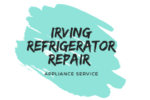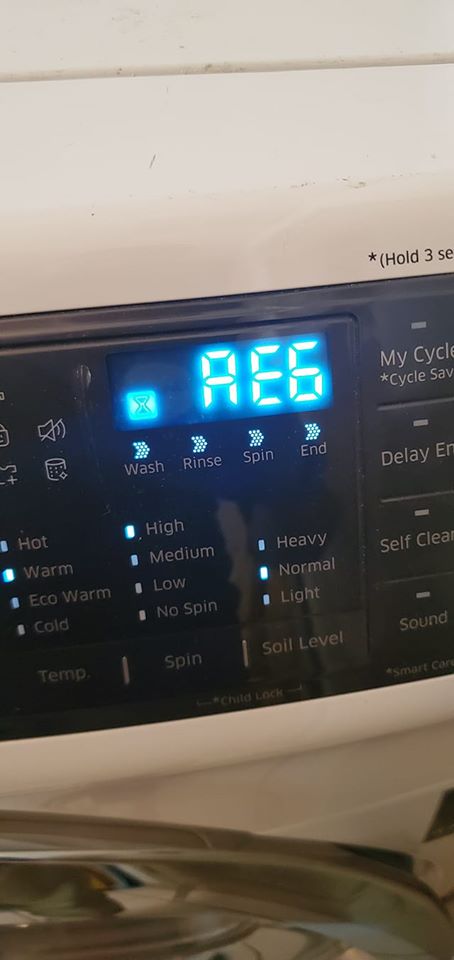Basic repair and safety precautions needed when dealing with appliance repair. we, Irving refrigerator repair, offer complete service for our customers. This blog post has useful safety information for our DIY homeowners.
This article is an excerpt from the book called “Cheap and Easy” by “Douglas Emley”.
Basic repair and safety precautions
- Always de-energize (pull the plug or trip the breaker on) any washer that you’re disassembling. If you need to re-energize the washer to perform a test, make sure any bare wires or terminals are taped or insulated. Energize the unit only long enough to perform whatever test you’re performing, then disconnect the power again.
- To work underneath the washer sometimes requires leaning the washer back against the wall at a 30-to 45-degree angle. When you do, always block up one corner of the washer as shown in never do this alone! Always have someone standing by to help you while you work beneath the washer, in case it comes down on you.
- If the manual advocates replacing the part, replace it!! You might find, say, a solenoid that has jammed for no apparent reason. Sometimes you can clean it out and lubricate it, and get it going again. The keywords here are apparent reasons. There is a reason that it stopped—you can bet on it—and if you get it going and re-install it, you are running a very high risk that it will stop again. If that happens, you will have to start repairing your washer all over again. It may only act up when it is hot, or it may be bent slightly…there are a hundred different “what if’s.” very few of the parts mentioned in this book will cost you over ten or twenty dollars. Replace the part.
- If you must lay the washer over on its side, front or back, first make sure that you are not going to break anything off, such as a drain hose or fill valve. Lay an old blanket on the floor to protect the floor and the finish of the washer. And for goodness’ sake, make sure you drain the thing completely first!
- Always replace the green (ground) leads when you remove an electrical component. They’re there for a reason. And never ever remove the third (ground) prong in the main power plug!
- When opening the washer cabinet or console, remember that the sheet metal parts have very sharp edges. Wear gloves, and be careful not to cut your hands!
TIPS & TRICKS
Following are a few hard-earned pearls of wisdom:
- When testing for your power supply from a wall outlet, plug in a small appliance such as a shaver or blow out of the outlet, you’re not getting full power out of the outlet, you’ll know it right away.
- If you just can’t get that agitator unstuck, your appliance parts dealer has a device called an Agi-Tamer for just such an occurrence. It’s basically a heavy-duty rubber balloon that fits under the agitator and uses water pressure to lift it upwards from underneath.
- If you need to drain the tub (usually because your pump isn’t pumping out) most folks try to bail it out. That’s a wet, messy, yucky job, and not very thorough.
Try this instead: use your garden hose as a siphon.
However, when you do, another problem arises: did you ever try to suck a charge of wash water through a fifty-foot garden hose? If you can, you’ve got one heckuva set of lungs. Set of lungs. And what happens when that nice, week-old dirty wash water reaches your mouth?
You guessed it: there’s a better way.
What’s the point in sucking the water through the hose? To get rid of the air in the hose, right? Well, instead of using lung suction to do that, let’s use house pressure.
Leave your garden hose connected to the faucet, and put the other end of it in the washer tub. Turn the faucet on for a few seconds, until it stops bubbling in the tub. The air is gone now, right?
Kink the garden hose so you don’t lose the water charge, and disconnect it from the faucet. When you’re sure the faucet and of the hose is lower than the bottom of the washer tub, release the kink in the hose. The tub will drain, almost completely, in just a few minutes. No muss, no fuss.
Continue reading about “Storage Times for the Refrigerator and Freezer“


